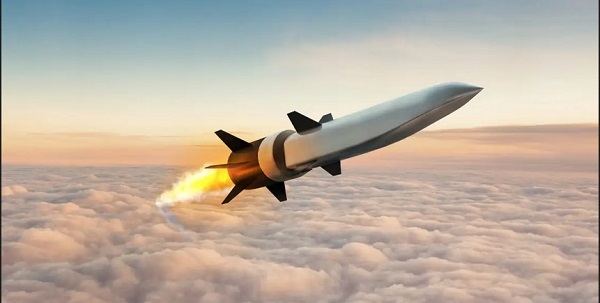Sputnik-like Effect of China’s Missile Test

From Current Affairs Notes for UPSC » Editorials & In-depths » This topic
IAS EXPRESS Vs UPSC Prelims 2024: 85+ questions reflected
What missile did China test?
- In October, China tested a nuclear-capable hypersonic glide vehicle according to a report in London-based Financial Times.
- The term ‘hypersonic’ refers to speeds that are 5 or more times faster than the speed of sound.
- The vehicle has a ‘fractional orbital bombardment’ system, which enables it to hit a target by entering in lower orbit.
- This vehicle flew in the low-orbit space to circle the earth before cruising down to strike its target.
- The missile missed the target by several miles.
What does Sputnik-like effect mean?
- Sputnik was a satellite launched by the Soviet Union in 1957.
- It is considered as a sign of technological superiority of the erstwhile Soviet Union.
- It is also considered as a symbol of American weakness. This is because the test caught the US intelligence unaware.
- The shock drove the US administration, headed by Eisenhower, to set on a ballistic missile race.
- This race led to the 2 superpowers to the brink of a disastrous war- especially during the Cuban missile crisis.
- In late October, General Mark Milley, Chairman of the Joint Chiefs of Staff of the USA, commented on the recent Chinese missile test: “I don’t know if it’s quite a Sputnik moment, but I think it’s very close to that. It has all our attention.”
- The test could trigger a similar race among nuclear-armed countries to modernize their arsenal and add new nuclear capabilities to their arsenal.
Why is China’s missile test significant?
- Missile defence undermines ‘strategic stability’- the foundation of the prolonged peace during the Cold War.
- The term strategic stability means that there is a mutual vulnerability i.e. a nuclear-armed state is unable to launch the first strike, as it would leave it vulnerable to a retaliatory strike from its adversary.
- However, a robust Ballistic Missile Defence compromises the adversary’s ability to launch a retaliatory strike. The BMD does this by neutralizing the incoming missile.
- USA’s Ballistic Missile Defence program is viewed as a threat to the deterrence capacity of Russia and China. Hence, the 2 countries have been investing in new technologies- especially, hypersonic weapons systems- that can evade the missile defence system.
- The recent Chinese test can be seen as an insurance against a first strike from the USA.
- The ‘fractional orbital bombardment’ system enables China to target USA via South Pole. This is significant as USA has very few early warning systems in this region.
- The HGVs could escape detection by early warning systems as they fly at lower altitudes than ballistic missile and are aided by the earth’s curvature.
- Hence, their stealth and manoeuvrability, and not their speed, are the key reasons for their destabilizing nature.
How do such technologies impact strategic stability?
- New technologies, like hypersonic weapons systems, impact strategic stability in 2 ways:
- Undermine ‘crisis stability’ and incentivize nuclear first-use.
- Encourage an action-reaction cycle and erode ‘arms-race stability’.
What is the way ahead?
- Unlike the Sputnik test, the Chinese pursuit of hypersonic technology is not a surprise. This is especially because Russia and China have been wary of USA’s BMD program- after the American giant’s withdrawal from the 2002 Anti-Ballistic Missile Treaty.
- Missile-based defence is inherently destabilizing.
- Though the missile test is not analogous to the Sputnik test, it is expected to trigger events similar to those set in motion by the Sputnik.
- The test is expected to trigger an intense arms race at regional and global level, given the existence of only minimal arms control at present.
- The USA may start expanding its hypersonic program and modernizing its missile defence systems. Already, it is developing conventional long-range hypersonic missiles.
With regards to India:
- The Chinese hypersonic weapon systems is not particularly India-focused, but it could push New Delhi to take action:
- Accelerating its hypersonic missile program.
- Erecting a robust missile defense system.
- Given, India is already developing a dual-capable hypersonic cruise missile and an anti-ship hypersonic missile, there is a regional arms race on the horizon.
- This is not particularly encouraging for the regional peace either.
Conclusion:
Though the recent Chinese test didn’t come with a Sputnik-like surprise, it has the potential to trigger a post-Sputnik-like arms race. This doesn’t bode well for strategic stability- regionally and globally.
Referred Sources
If you like this post, please share your feedback in the comments section below so that we will upload more posts like this.

